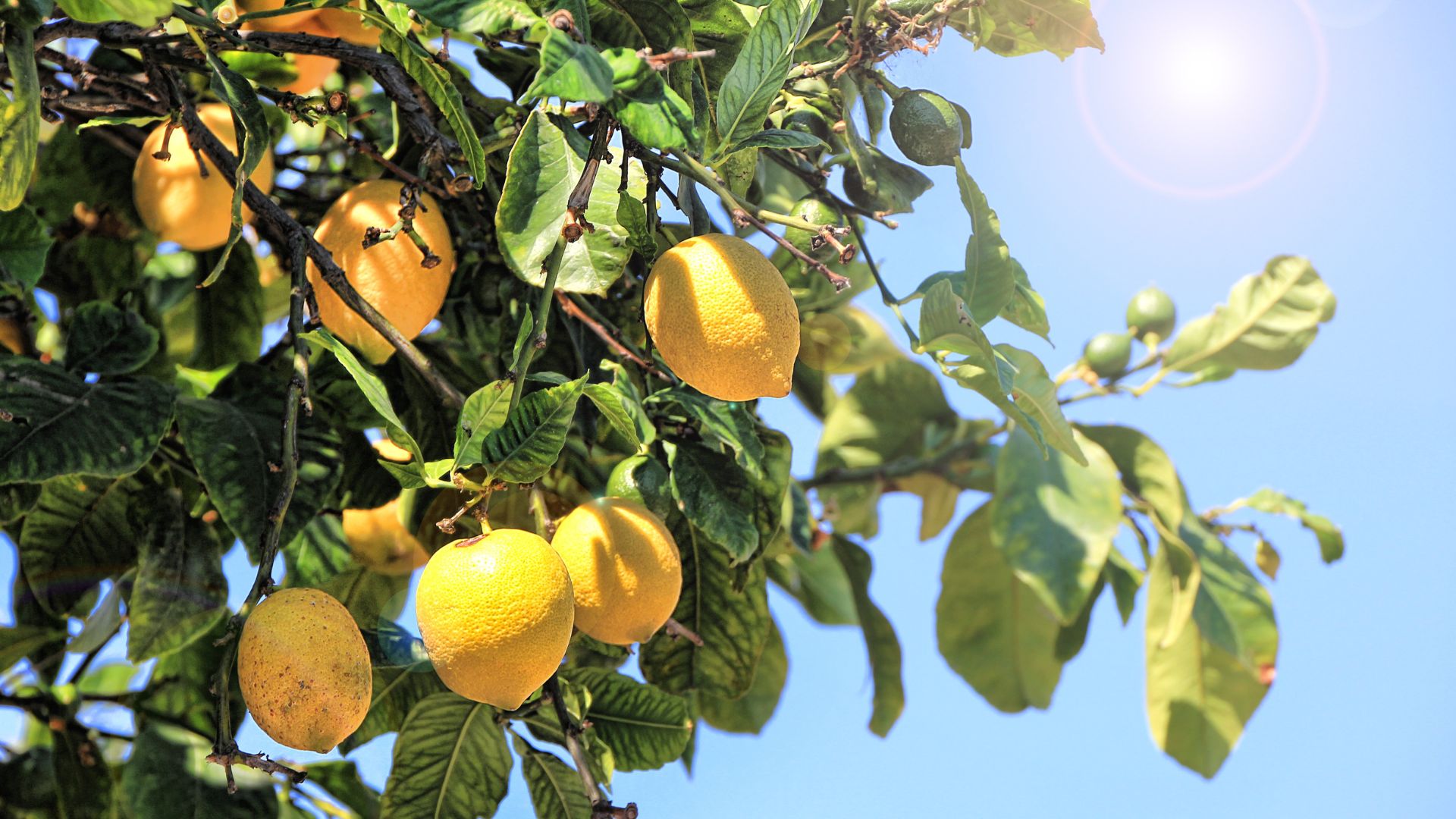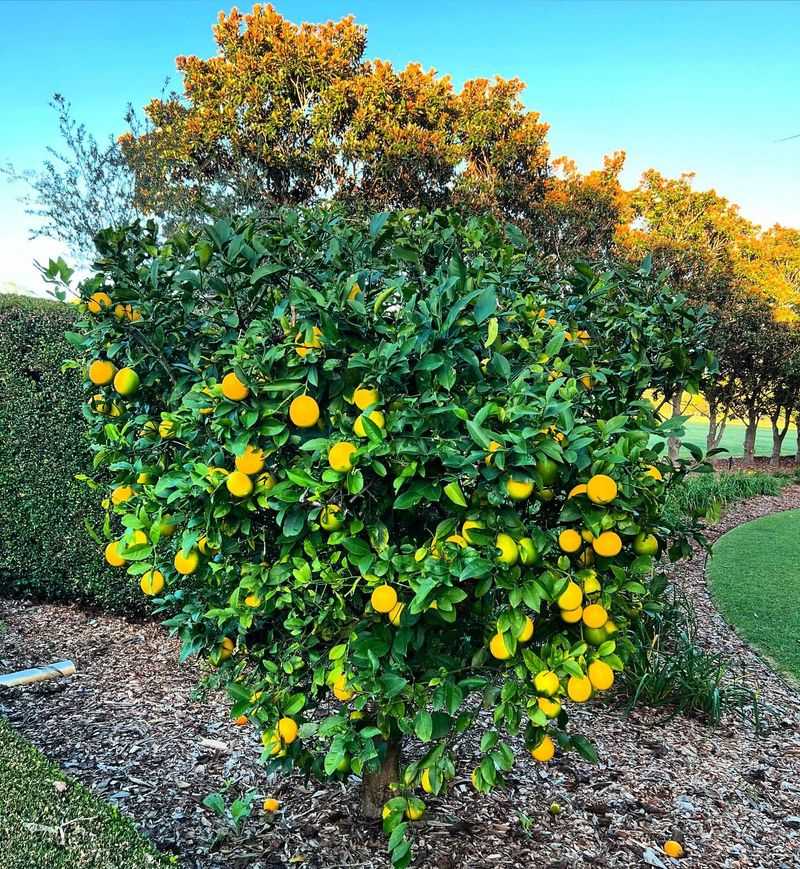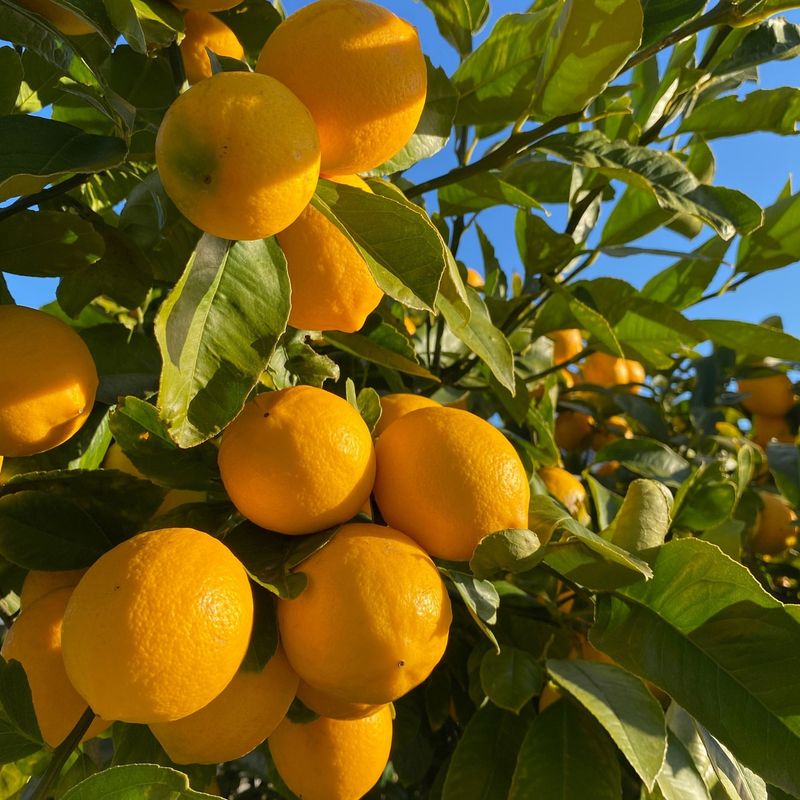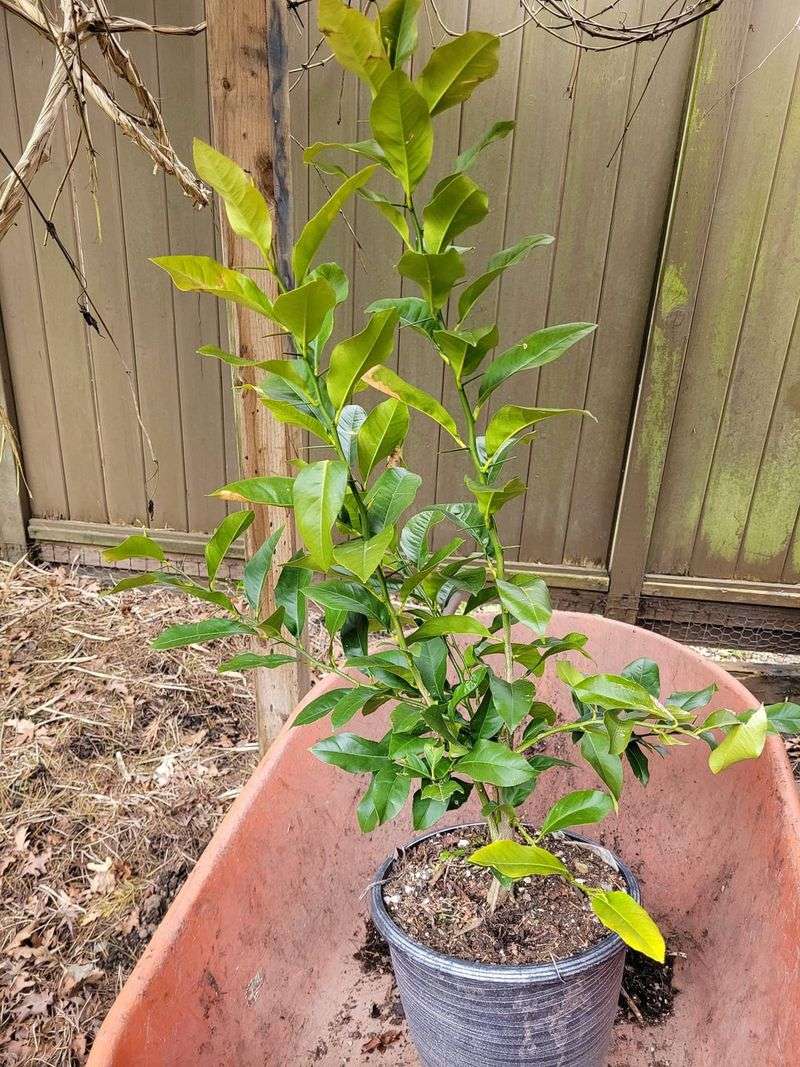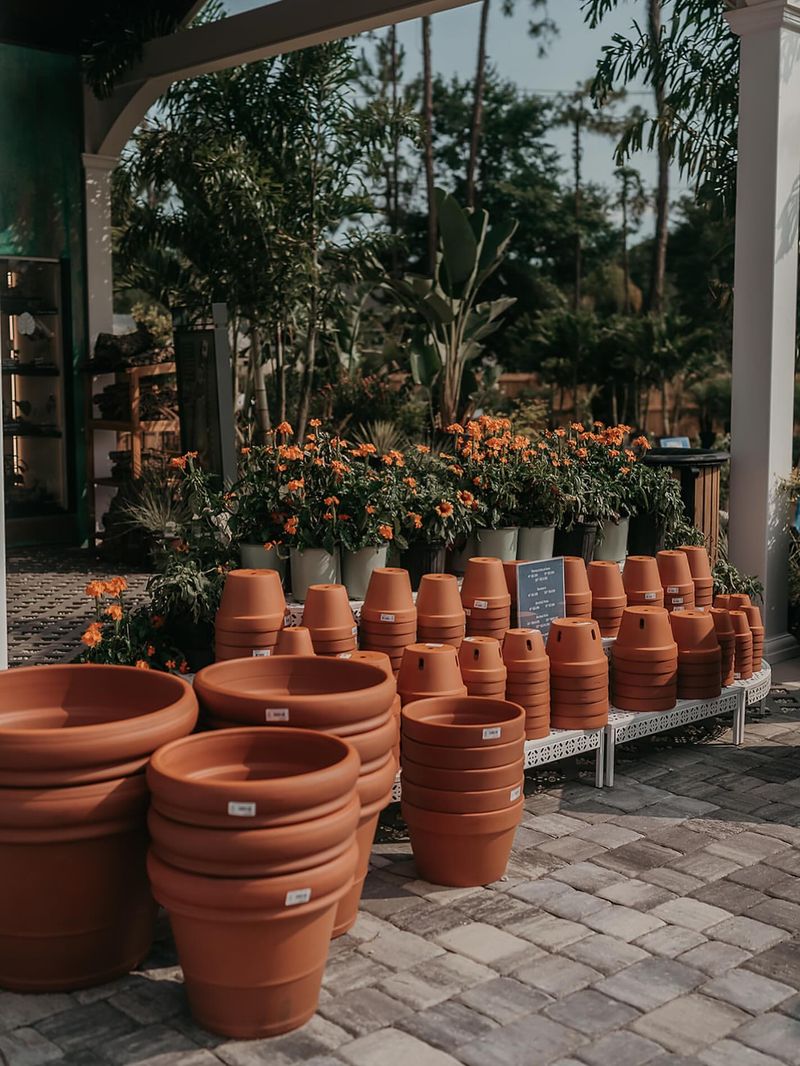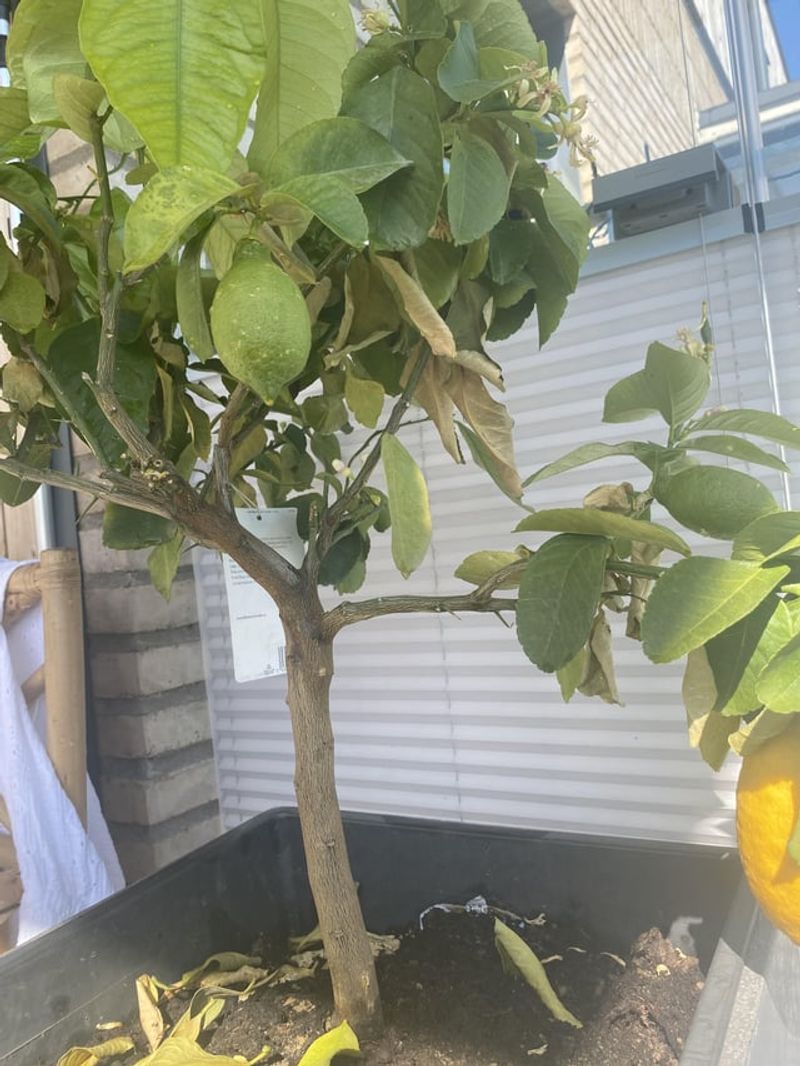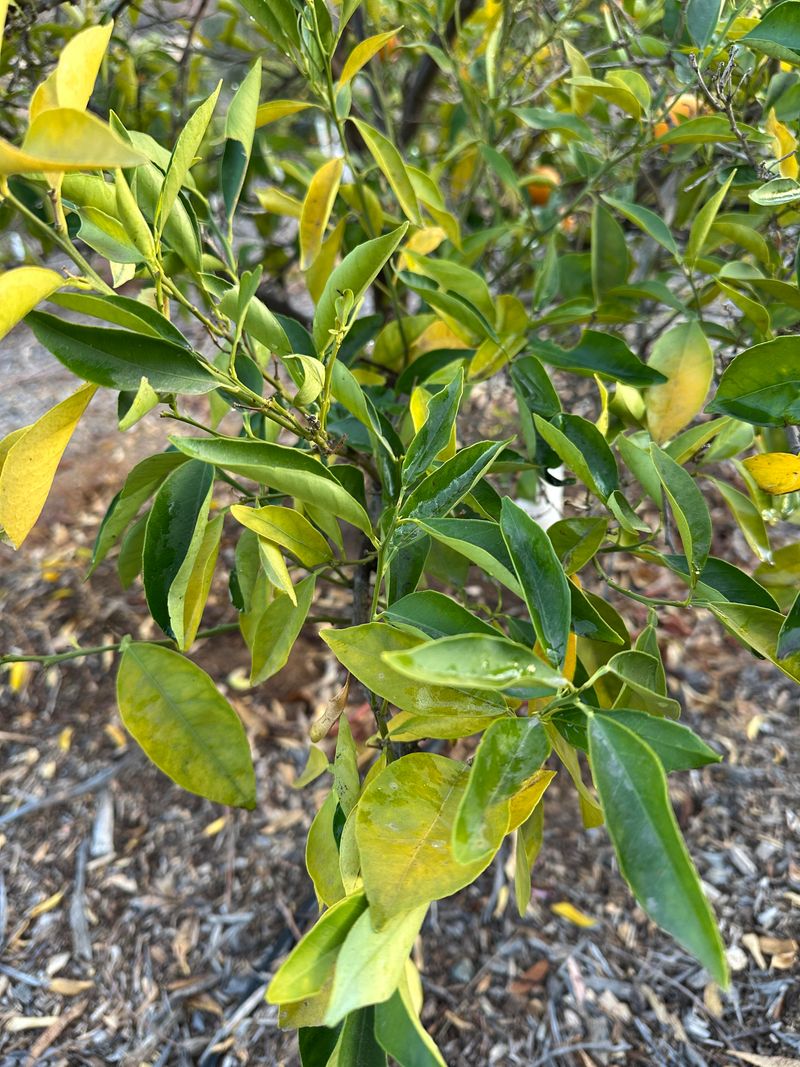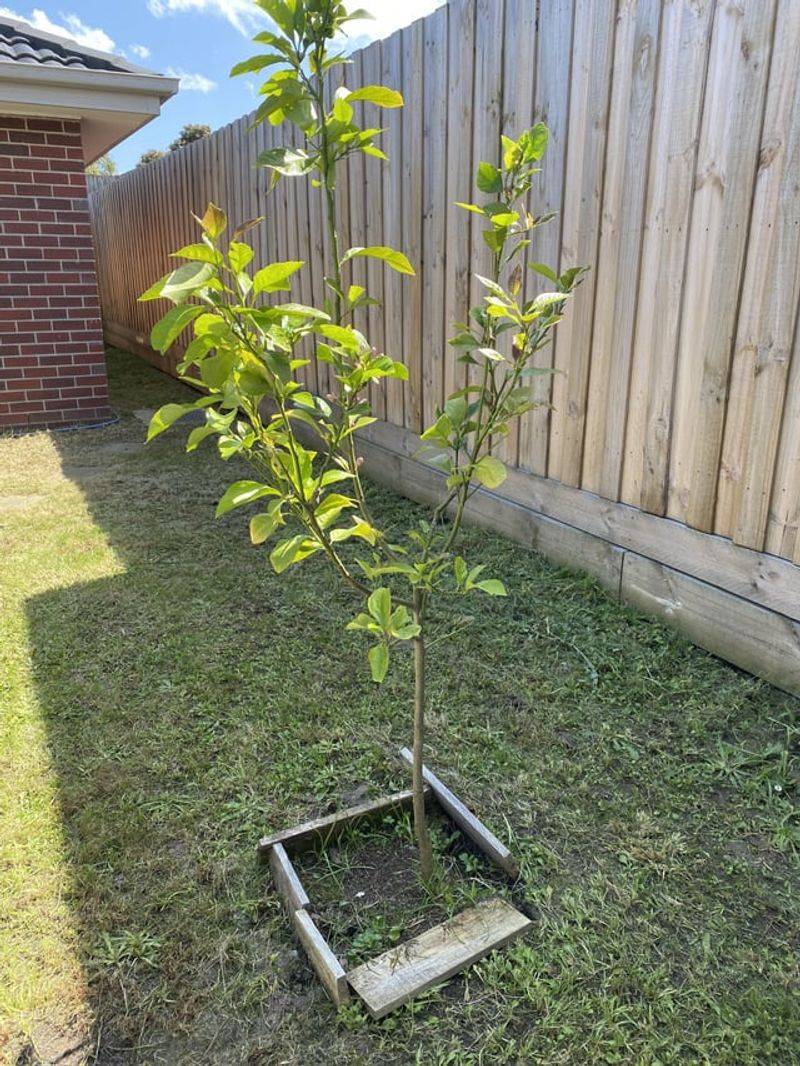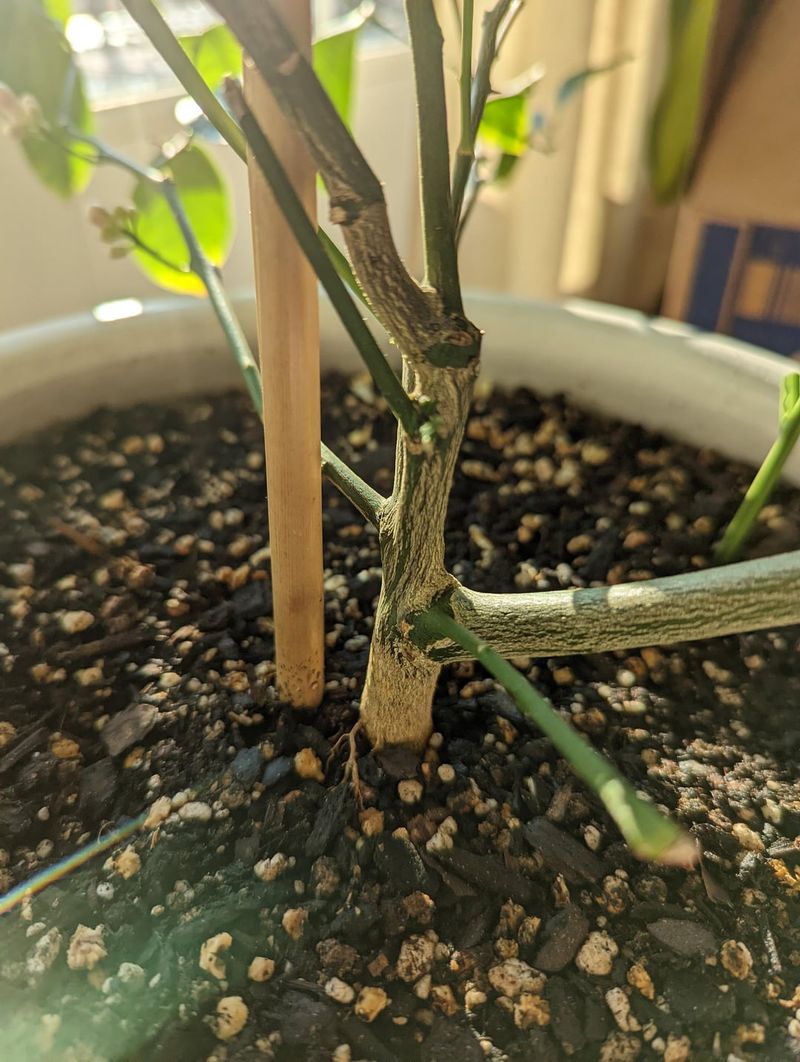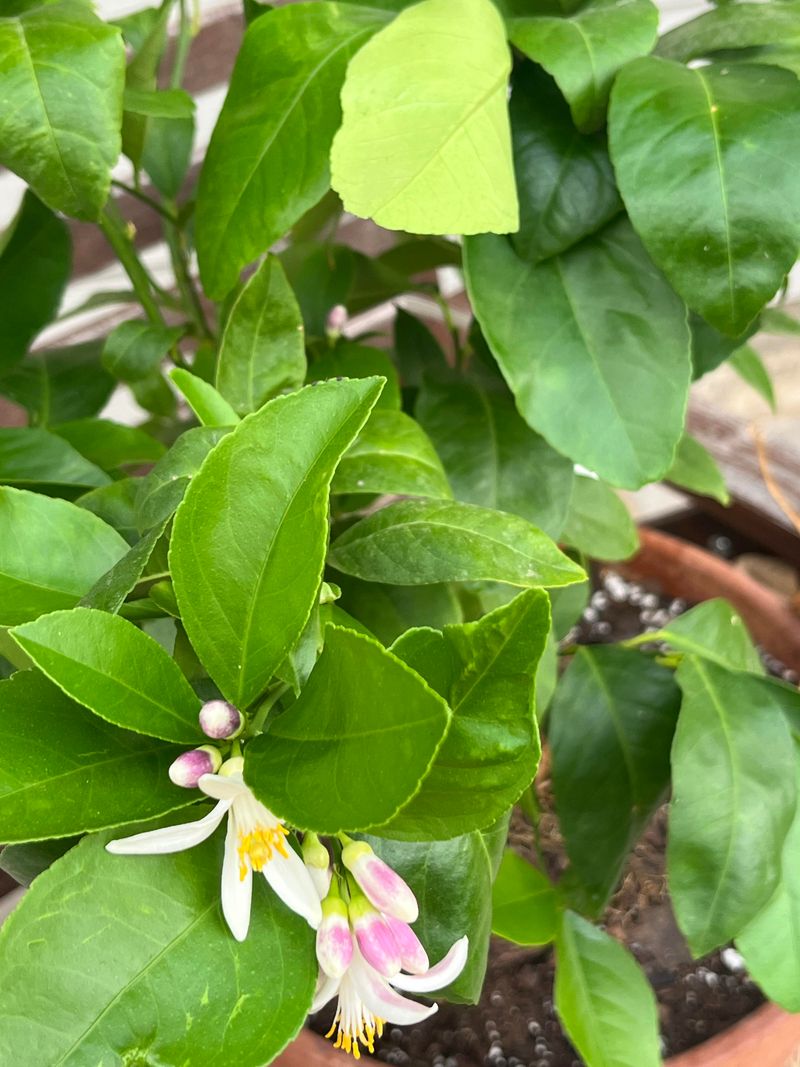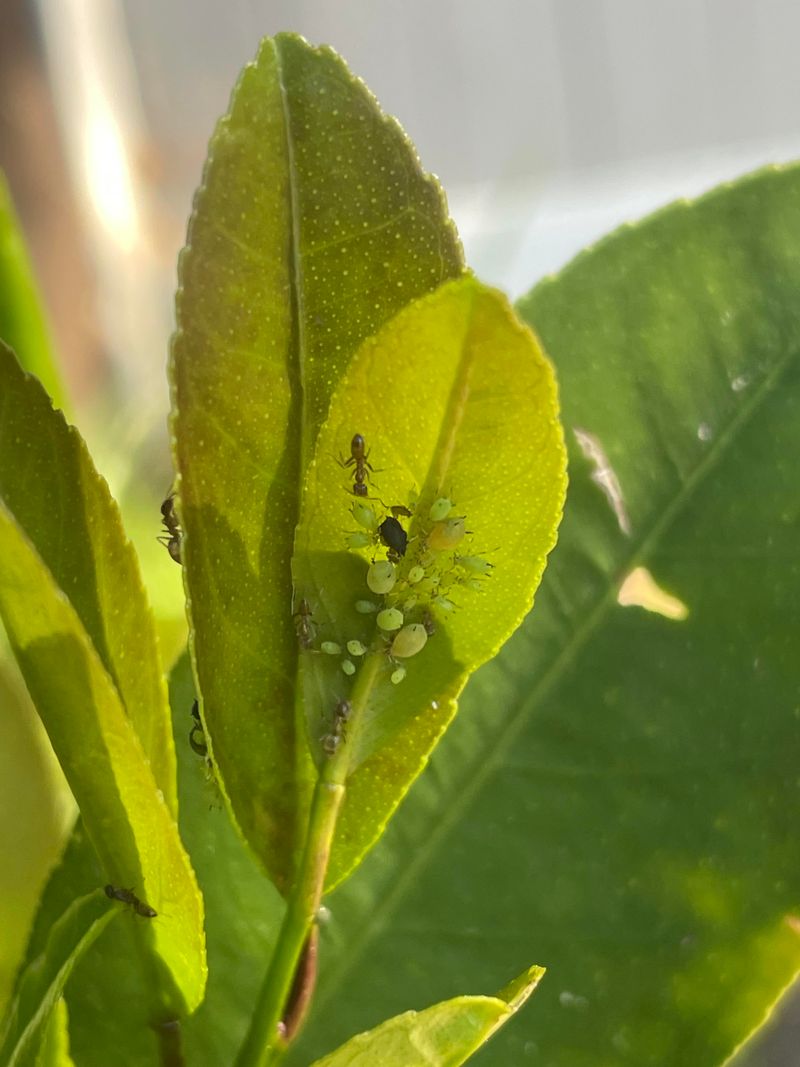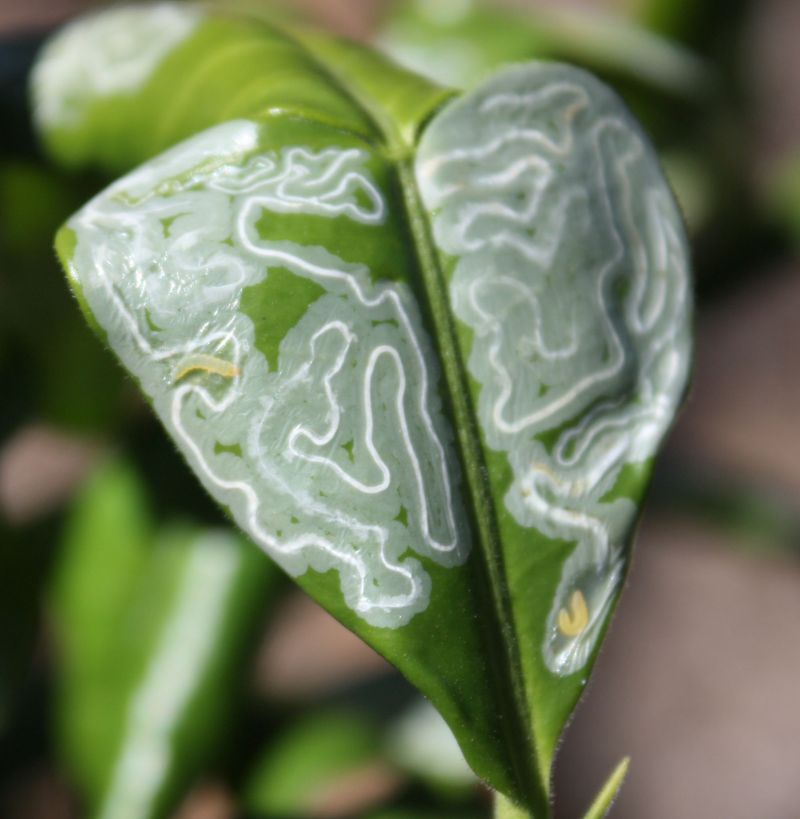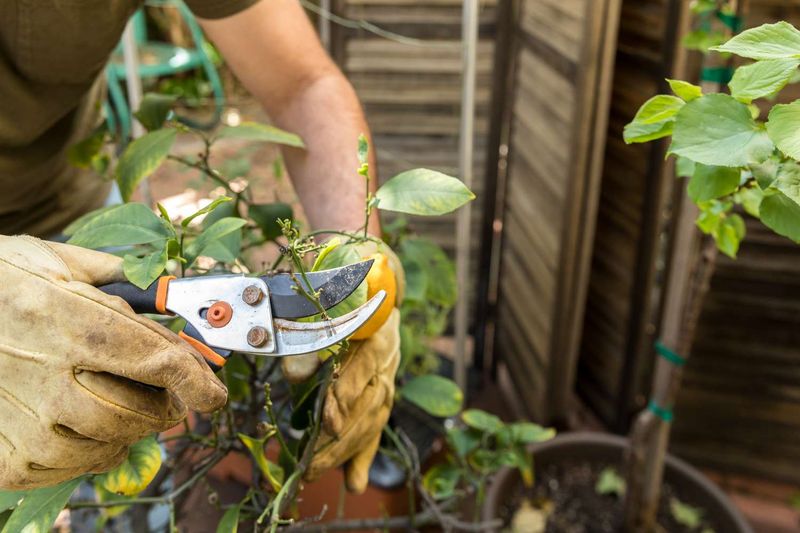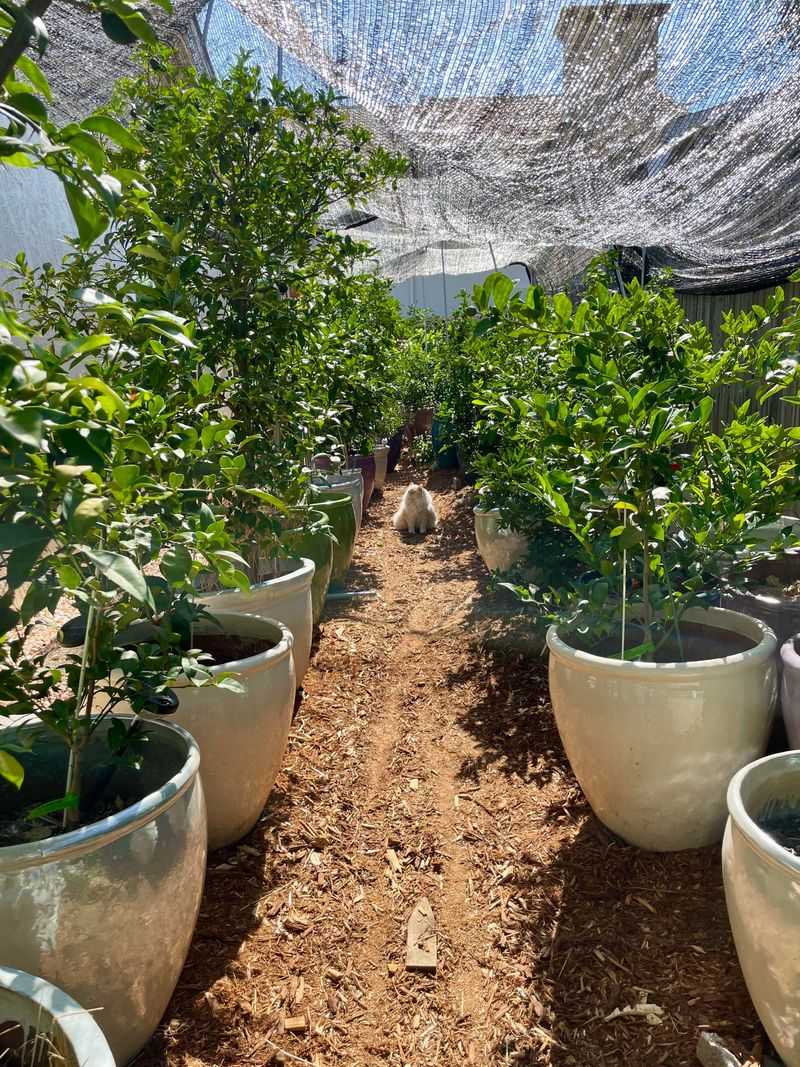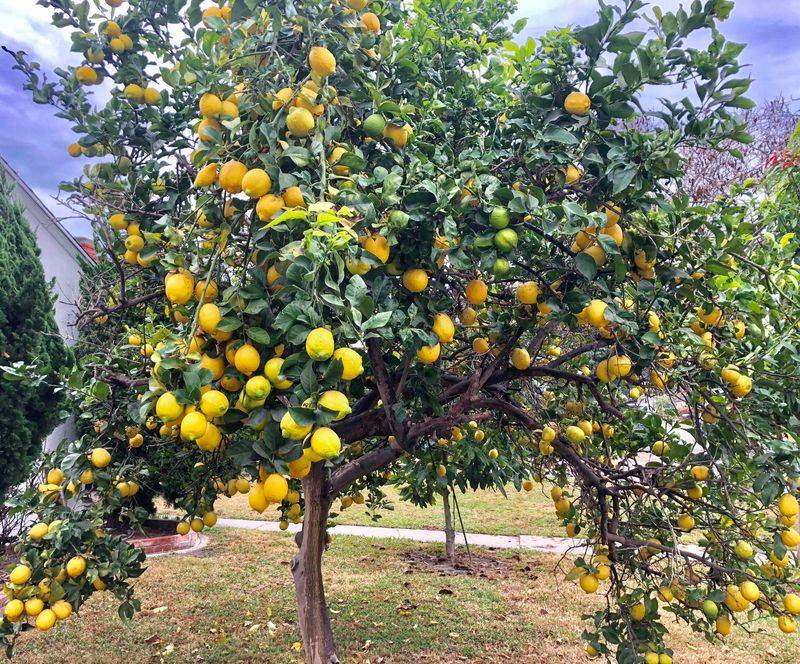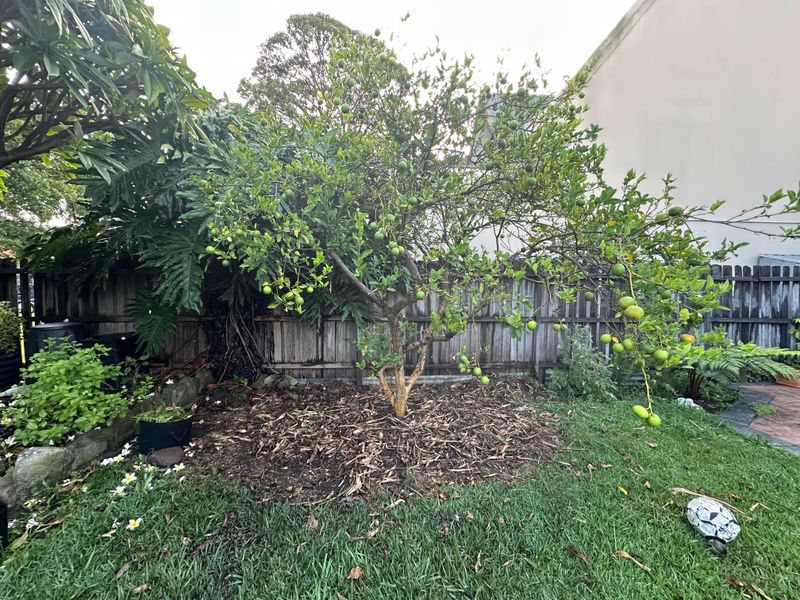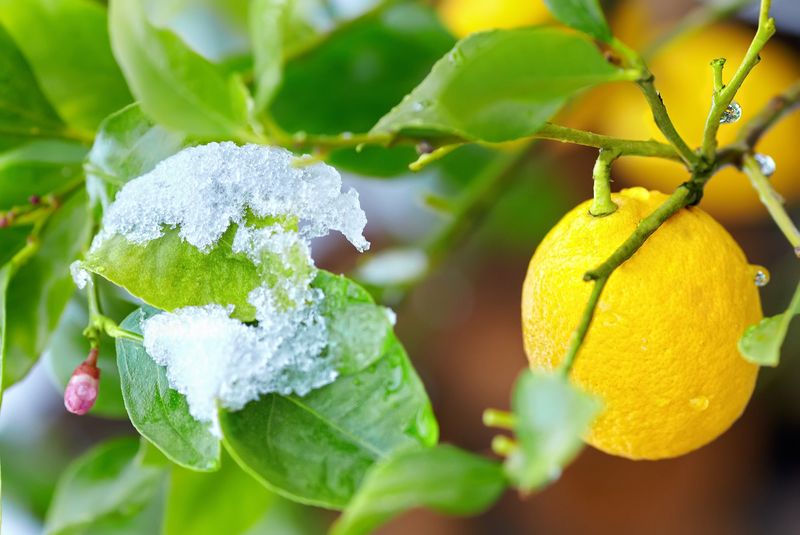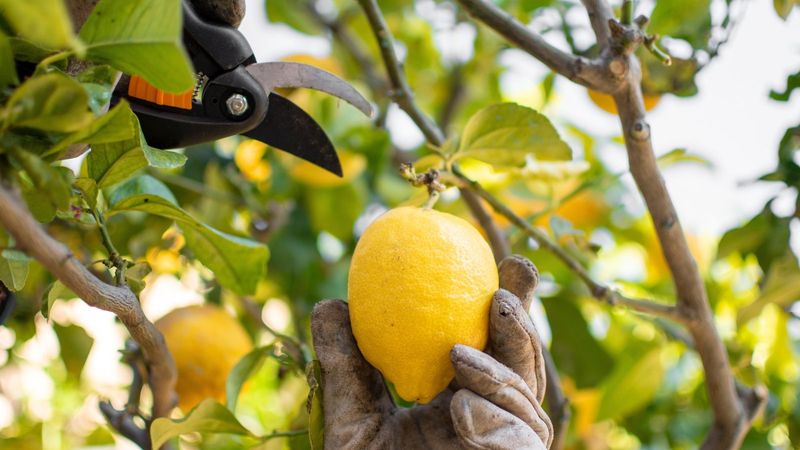Growing lemons at home isn’t just rewarding—it’s a total game changer for your kitchen. Imagine squeezing fresh juice into your drinks or tossing zest into a salad, all from fruit you nurtured yourself. There’s nothing quite like the taste of homegrown sunshine.
Lemon trees thrive in warmth and need plenty of direct light, so pick the sunniest spot you’ve got. Water deeply but infrequently, letting the soil dry slightly between drinks. A little compost and consistent pruning go a long way toward healthy growth.
Whether you’re starting with a dwarf tree in a pot or planting in the ground, these citrus stars can impress. With a bit of care and patience, you’ll be harvesting plump, glossy lemons that’ll make your neighbors wish they’d planted some too.
1. Choose The Right Variety
Meyer lemons tend to produce the juiciest fruits for home gardeners. They’re naturally sweeter and more forgiving in various climates than standard Lisbon or Eureka varieties.
For container growing, dwarf varieties like Improved Meyer or Dwarf Lisbon work wonderfully. I switched to Meyer lemons three years ago and haven’t looked back—my harvests doubled in size!
Make sure to purchase from reputable nurseries that can verify the variety and health of your tree.
2. Sunlight Requirements
Position your lemon trees where they’ll receive 8-10 hours of direct sunlight daily. Southern exposures typically offer the most consistent light throughout the day for optimal photosynthesis.
Morning sun proves particularly beneficial as it helps dry overnight moisture from leaves, preventing fungal issues. During extreme heat waves, providing afternoon shade can protect developing fruits from sunscald.
I’ve found that trees with insufficient light produce smaller, less juicy fruits with thicker rinds.
3. Perfect Your Soil Mix
Create a well-draining, slightly acidic soil mix with a pH between 5.5 and 6.5. Combine quality potting soil with perlite and compost in equal parts for container planting.
For in-ground trees, amend heavy clay soils with gypsum and organic matter to improve drainage. Citrus roots suffocate in waterlogged conditions, leading to yellowing leaves and poor fruit development.
Testing your soil before planting saves tremendous headaches later—I learned this lesson after losing my first tree to poorly draining soil.
4. Container Considerations
Select containers at least 18-24 inches wide and equally deep to accommodate healthy root systems. Terracotta pots work wonderfully as they allow excess moisture to evaporate through their porous surfaces.
Ensure your pot has multiple drainage holes—I drill extra ones in plastic containers. As your tree grows, be prepared to repot every 3-4 years to prevent root binding.
Place containers on wheeled platforms in colder regions so you can easily move trees indoors during frost threats.
5. Watering Wisdom
Deep, infrequent watering encourages roots to grow downward, creating drought-resistant trees with better access to nutrients. Allow the top 2-3 inches of soil to dry between waterings.
Water at the base rather than overhead to prevent leaf fungus. During summer heat, container trees may need water every 2-3 days, while in-ground trees can usually go 5-7 days between waterings.
Consistency matters tremendously—erratic watering leads to fruit splitting and drop.
6. Fertilizing Schedule
Apply citrus-specific fertilizer with higher nitrogen content during spring growth and higher potassium during fruiting season. Organic options like fish emulsion work wonderfully for boosting fruit size.
For container trees, fertilize monthly during growing season at half strength. In-ground trees benefit from quarterly applications at full strength, focusing around the drip line where feeding roots concentrate.
Yellow leaves often signal nitrogen deficiency, while purplish leaves indicate phosphorus issues—adjust your feeding accordingly.
7. Mulching Magic
Apply a 2-3 inch layer of organic mulch around your tree, keeping it several inches away from the trunk to prevent rot. Wood chips, straw, or shredded leaves work beautifully.
Mulch significantly reduces water evaporation during hot summer days while suppressing weeds that compete for nutrients. As it breaks down, it gradually improves soil structure and feeds beneficial microorganisms.
My harvests improved dramatically after implementing proper mulching—the consistent soil moisture translates directly to juicier fruits.
8. Pruning For Productivity
Remove crossing branches and interior growth to improve airflow and light penetration throughout the canopy. This simple maintenance prevents fungal issues and encourages better fruit production.
Prune after harvesting but before spring growth begins. Using clean, sharp tools prevents disease transmission between cuts. Focus on maintaining an open, vase-like structure.
Don’t remove more than 20% of the tree in one season—I made this mistake once and the tree took two years to recover its fruiting capacity.
9. Hand Pollination Tricks
Use a small paintbrush to transfer pollen between flowers during blooming season. While lemon trees are self-pollinating, this extra help significantly increases fruit set, especially for indoor or screened porch trees.
Focus on pollinating during mid-morning when pollen is most viable. Gently brush inside several flowers, moving from one to another to distribute pollen effectively.
After implementing this technique, my container Meyer lemon doubled its fruit production—definitely worth the five minutes of effort every few days during flowering!
10. Pest Management
Inspect leaves weekly for aphids, scale insects, and spider mites, particularly on the undersides. A strong spray of water often dislodges minor infestations before they become problematic.
For persistent issues, neem oil provides excellent organic control without harming beneficial insects. Apply during evening hours to prevent leaf burn and target the undersides of leaves where pests hide.
Introducing ladybugs to your garden creates a natural pest management system—they devour aphids while adding charming garden visitors.
11. Citrus Leaf Miner Defense
Watch for squiggly lines on new leaf growth—the telltale sign of citrus leaf miners. These tiny larvae tunnel through leaves, causing distortion and potential disease entry points.
Avoid excessive nitrogen fertilizer which promotes vulnerable new growth. Spinosad-based organic sprays work effectively when applied to new flush growth before miners appear.
Remove severely affected leaves but don’t panic over minor damage—trees can tolerate some leaf miner activity without significant fruit impact.
12. Fruit Thinning Strategy
Remove some developing fruits when trees set more than they can successfully mature. Young trees should keep only 8-10 lemons their first fruiting year to prevent branch damage and nutrient stress.
Focus thinning on fruit clusters, leaving just 1-2 lemons per cluster. This allows remaining fruits to grow significantly larger and juicier as they receive more resources.
The first time I thinned my tree, I hesitated to remove perfectly good fruitlets—but the remaining lemons grew nearly twice as large as previous harvests!
13. Summer Heat Protection
Shield vulnerable trees from extreme afternoon heat with 30% shade cloth during the hottest weeks. Young trees and container specimens are particularly susceptible to heat stress.
Maintain consistent soil moisture during heat waves by checking daily and watering deeply when needed. Adding an extra layer of mulch during peak summer helps insulate roots from temperature fluctuations.
Pay special attention to western exposures where afternoon sun intensity can literally cook developing fruits on the tree.
14. Humidity Boosting
Create a microclimate around your lemon trees by grouping plants together or using pebble trays filled with water beneath container trees. This significantly increases local humidity levels during dry summer periods.
Mist foliage in the early morning during particularly dry spells, but never in evening hours when moisture promotes fungal issues. Lemons naturally thrive in moderate humidity environments.
For indoor or patio trees, running a humidifier nearby during air-conditioned months prevents the leaf drop that often occurs in artificially dry air.
15. Companion Planting Benefits
Surround lemon trees with beneficial companions like marigolds and nasturtiums to repel harmful insects naturally. Their bright blooms also attract pollinators that improve fruit set.
Low-growing herbs such as thyme and oregano make excellent understory plants, suppressing weeds while maximizing garden space. Avoid planting heavy feeders like tomatoes nearby as they compete for nutrients.
I’ve found that basil planted near my citrus trees seems to improve their flavor—plus having these complementary ingredients growing together makes garden-to-table cooking a joy!
16. Winter Protection Planning
Prepare for unexpected temperature drops by having frost cloth or old bedsheets ready to drape over trees. Young trees are particularly vulnerable to cold damage that can affect next summer’s production.
For container trees, place them against south-facing walls that radiate stored heat overnight. Adding outdoor-rated string lights under covers provides gentle warming during brief cold snaps.
Avoid fertilizing after midsummer to prevent tender new growth that won’t have time to harden off before winter arrives.
17. Perfect Picking Technique
Harvest lemons when they’ve reached full size and developed even yellow coloration. A slight give when gently squeezed indicates peak juiciness without overripeness.
Use pruning shears rather than pulling fruits from branches to prevent damage to the tree. Cut fruits with a small portion of stem attached to maximize their storage life.
Morning harvesting yields the highest juice content—I’ve measured nearly 20% more juice from morning-picked lemons compared to those harvested in late afternoon heat.

